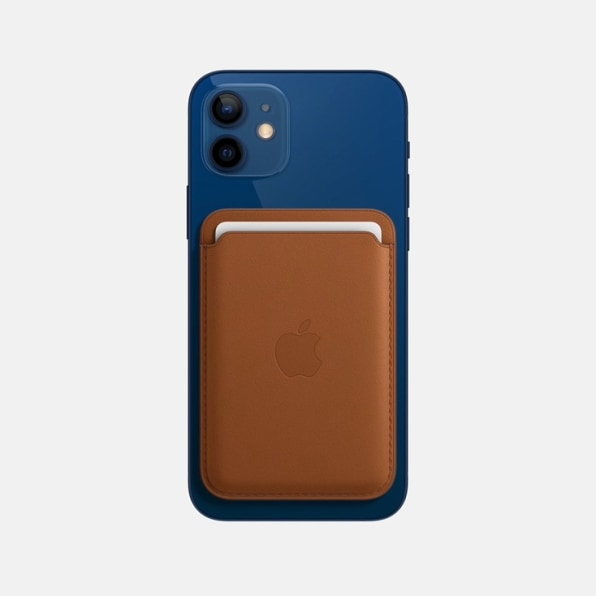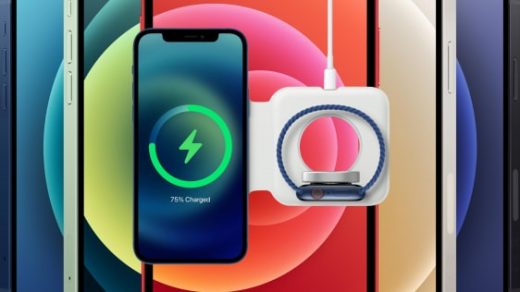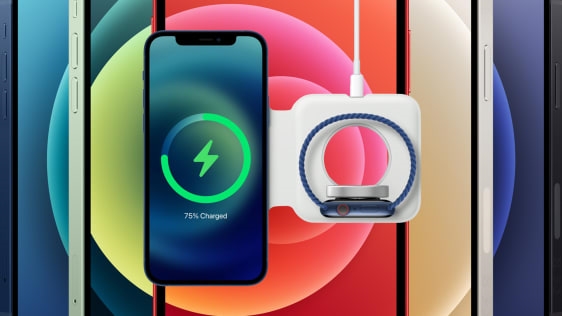Apple botched the relaunch of one of its most beloved features
Before Apple built its own smartphone processors—heck, before Apple even built its first smartphone—it introduced one of the greatest pieces of practical industrial design in recent history: MagSafe. Introduced in Apple’s MacBooks, in 2006, it was a magnetic charging cable that snapped out of your hand and into your laptop, and started powering it immediately. And if you ever tripped over the cord, it just unplugged, making the whole thing klutz-proof.
Apple discontinued MagSafe in 2017 as it switched its laptops to the more common USB-C standard. And then, with the iPhone 12 launch this week, the company reintroduced it in a reimagined form. The new MagSafe doesn’t actually plug into any port at all. Instead, it’s like a coin that sticks to the back of your iPhone case to charge it. And that magnet is pretty powerful—it can even hold an iPhone to a stand on your car’s dashboard.
If you’re anything like me, you probably think it sounds like a relief not to have to literally plug your phone in to plug it in. Ports break down over time, whether it’s the Lightning port on iPhones or the USB-C port on Android phones and MacBooks. My phones live for about a year before the repeated plugging and unplugging of power cords and headphones wears it down to pure fiddling and cursing territory.
The new MagSafe will leave the Lightning port free from the stress of charging. But unlike the wireless chargers Apple has offered in the past for iPhones, the magnetic part of MagSafe will help the corded power coin stick right in the perfect spot. (It’s similar to the magnetic charger that Apple offers for the Apple Watch, actually—though for whatever reason, Apple has never dubbed that a “MagSafe.”)
But Apple’s new design for MagSafe doesn’t enable the real benefit of its original MagSafe beyond its enjoyable snap out of your hand: It isn’t trip-proof. Given that the magnet is strong enough to hold your phone suspended, it seems that if you trip on the cable or knock it while the iPhone is plugged in on a desk, well, that means it’s going to the floor. Mag, yes. Safe, no.
Apple is also introducing MagSafe for iPhones as a premium product. The company has opted not to include charging adapters or headphones with iPhones any longer, citing environmental impact, and if you want MagSafe, you have to pay $40 on top of the price of the phone. Apple used to make good UX the selling point of its products—this so-called Apple Tax was something anyone who appreciated good design was willing to pay. Now, good UX is the selling point of its products’ products. It’s UX as late-stage capitalism.

Most of all, however, I’m disappointed in this relaunch for how little it seems to have been considered across the line. MacBooks and iPads still use plain old USB-C charging. I have to plug in my $2,700 MacBook Pro every day, hoping I don’t bust a port in the process, knowing that the MacBook Pro I plugged in a decade ago handled the job better. Meanwhile, several third-party manufacturers have actually copied the old MagSafe approach for USB-C adapter kits. Why doesn’t Apple have the sense to copy the companies already copying it?
Could this new MagSafe come to MacBooks and iPads? Sure, in theory! But will it be this same coin design? Is that really the best approach for a laptop, versus just making the ports it already has work better? And wouldn’t MacBooks need bigger power bricks than iPhones anyway, even if the same MagSafe adapter fit both? Indeed, this gets into the territory of technical, rather than design, challenges. But it doesn’t seem likely that we could have a universal MagSafe design across Apple products, given that Apple Watches and iPhones have different magnetic chargers on day one.
It’s a disappointing design decision. Especially considering the work that went into Apple’s improved processor, camera, display, and wireless technologies in the new iPhones. The company spent countless hours investing in speed on smartphones that nobody is complaining are too slow.
I miss how much Apple used to sweat the tiny interactive details of industrial design on the dullest of products. I miss the company that made MacBooks look like they breathed while charging, and knew that idea was so good that they should patent it! I miss how Apple used to buck the industry with standards like MagSafe because it knew it was doing something better. And I miss this stuff being part of being an Apple customer, end stop, not an Apple customer who is willing to spend a bit more on extra accessories.
Fast Company , Read Full Story
(14)



